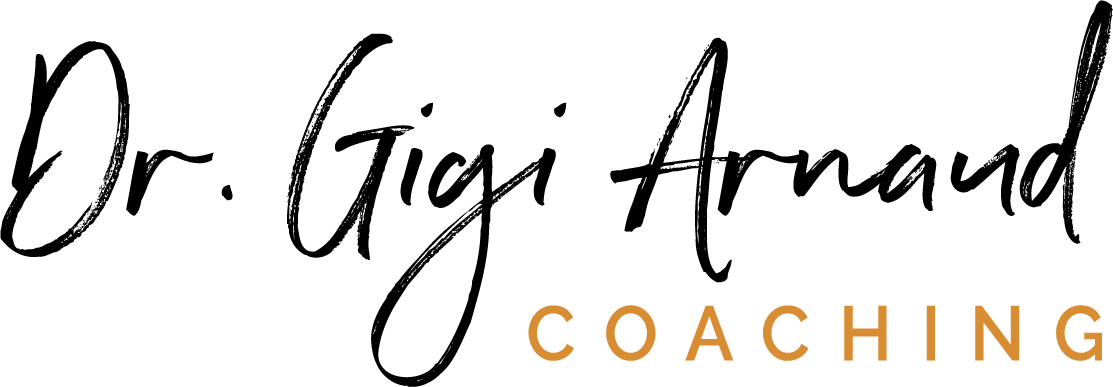Let There Be Light……….
Hello & Welcome to the New Year, 2025!
These just-passed winter holidays of 2024, were special this year. Hanukkah and Christmas both started on the same night, December 25. This only happens once every several years. Two different calendars are used, the Gregorian and the Hebrew (which changes dates and works according to the moon). This is the fifth time Hanukkah starts on Christmas Day since 1900.
You may call it a coincidence. You may call it synchronicity. Whatever you call it, let’s look at its significance, its interrelationship and how it has changed over time.
On the one hand, these two holidays are quite different. Christmas is about the birth of a messiah and Hanukkah (spelled so many different ways in English) is about a military victory that was against-the-odds (numbers). Christmas is about salvation and Hanukkah is more about fighting back and the redemption it brings.
On the other hand, in these present days, they do seem to connect. They are both celebrations of light, family and food. They also give us hope for a better future. They teach us to enjoy the present moment; to have gratitude for who and what we have, while also having hope and optimism, for a better future.
These are the more spiritual interpretations. To these, we can add the more banal and material meanings of the light of these two holidays.
LIGHT:
Light represents hope, purity, and the divine presence and these are part of both of these holidays.
It’s good to know and comprehend that we can always have light in our lives, even in the dreariness and darkness of winter (in some regions of the world).
Christmas has been represented, in many countries, with candles, where Germans practiced decorating their tree this way to represent Jesus as the ‘light of the world,’ who came to save people (souls) from darkness. Nowadays, we use electric lights more often, for Christmas tree decorating. The idea of using lights during the winter solstice, when days are shortest, is ancient, with many cultures using fires or candles to symbolize hope and warmth in the darkness.
Hanukkah is called the ‘Festival of Lights.’ Each night of the eight days of Hanukkah, we light a candle until we have all eight candles and the shamash (the lead candle that lights the others) lit up. This lighting is gratitude for the fact that when the Jews were oppressed by the Greek-Syrian Seleucid Empire in the 2nd century BC, with its king, Antiochus IV Epiphanes (reigned 175-164 BC), a small group of Jews called the Maccabees (Hasmonean), rebelled and fought to defend their religious beliefs and to practice Judaism freely.
According to the Talmud, the Seleucids left enough oil to light the Temples’s menorah for one day. The oil burned, miraculously, for 8 days, which gave the Jews time to find more oil. This is the miracle we celebrate and the reason why we cook this holiday’s foods in oil, ie: potato pancakes (latkes), sofganiyot (jelly donuts) and more.
CHANGE:
I was raised in the USA, by European parents. In our mostly Jewish neighborhood, there were many Hanukkah menorahs in the windows and in the adjoining neighborhoods, more Christmas lights and decorations. In the 1950’s and 1960’s, pretty much the only holiday that was celebrated, was Christmas. I sang Christmas songs in the school’s holiday choir. Jews and other groups, felt a bit left out and decided to made Hanukkah, separate.
The truth is Hanukkah is not considered a big or important Jewish holiday. It just falls around the same time of year as Christmas. Two different calendars are used, so Hanukkah changes every year.
As time passed, the USA, happily, started including everyone and all the holidays: Hanukkah, Kwanzaa and more. This felt more inclusive and we could all, more easily, accept and enjoy, each other’s holidays and traditions.
The most essential things about these winter holidays remain: the idea of bringing light to where there’s darkness and with the light, to bring joy and the divine presence or spirit.
Whatever you believe or do not, these winter holidays bring us light, joy, lightness, peace and sometimes, loneliness too. These are the ups and downs of life. We can remember that we can always bring light into the darkness, even if it’s just a bit…….
KINTSUGI:
The Japanese have a beautiful tradition or practice called Kintsugi. When a porcelain bowl, vase, etc. breaks or a piece of it, it’s put back together by melting gold into the crack. This is meant to remind us that nothing is perfect and that we humans are not perfect………..and that we can be whole anyway.
As the late, great songwriter, Leonard Cohen, sang in one of his exquisitely beautiful songs:
“There is a crack, a crack, in everything. That’s how the light gets in.”
This is what I’m doing with my wonderful clients, as a Life Coach NYC, a mindset expert and a Hypnotherapist; allowing them to see, become aware of and feel the ‘cracks’ in their lives, personal and professional, and to learn how to let the light shine through………even just a little. Whether it’s the ‘crack’ of trauma, addiction, relationship challenges, loss, heartbreak, grief, starting over……..whatever.
Just know that the light can always shine through and can brighten your path even more than ever.
Go for it and let the light and YOUR light shine through! You need it and we need it!
Happy, healthy, fun & adventurous New Year to you!
With smiles & love,
Dr Gigi
PS: It’s time to start this New Year on the right foot…….with the right mindset, motivation, encouragement and support.
SIGN UP for a free 45-minute Clarity Call @www.gigiarnaud.com
……and see how you’re ready to soar and to let the light, YOUR light, in!
I look forward to getting to know the bright and shining you!
